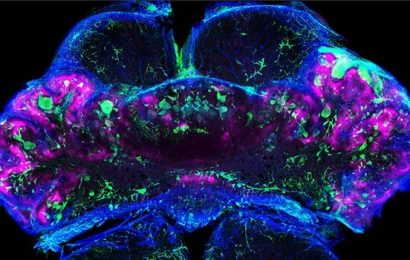
FRIDAY, Feb. 7, 2020 — Changes in arterial stiffness are greater within one year of a woman’s final menstrual period (FMP), according to a study published online Jan. 23 in Arteriosclerosis, Thrombosis, and Vascular Biology.
Saad Samargandy, M.P.H., from the University of Pittsburgh, and colleagues evaluated 339 participants from the Study of Women’s Health Across the Nation (SWAN) Heart ancillary study to examine changes in arterial stiffness in relation to FMP. During a mean follow-up of 2.3 years, participants had one or two carotid-femoral pulse-wave velocity (cfPWV) exams.
The researchers found that the annual percentage change in cfPWV varied by time segments: 0.9 percent (95 percent confidence interval [CI], −0.6 to 2.3 percent), 7.5 percent (95 percent CI, 4.1 to 11.1 percent), and −1.0 percent (95 percent CI, −2.8 to 0.8 percent) for more than one year before FMP, within one year of FMP, and more than one year after FMP, respectively. The annual percentage change in cfPWV was significantly greater within one year of FMP compared with the other time segments. Part of the change estimates was explained by adjustment for concurrent cardiovascular disease (CVD) risk factors. Compared with white women, black women had a greater increase in cfPWV in the first segment.
“Our findings underscore the importance of frequent and timely monitoring of CVD risk factors and stressing more intensive lifestyle modifications in women transitioning through menopause,” the authors write.
One author disclosed financial ties to Cerus Corporation.
Abstract/Full Text (subscription or payment may be required)
Source: Read Full Article


